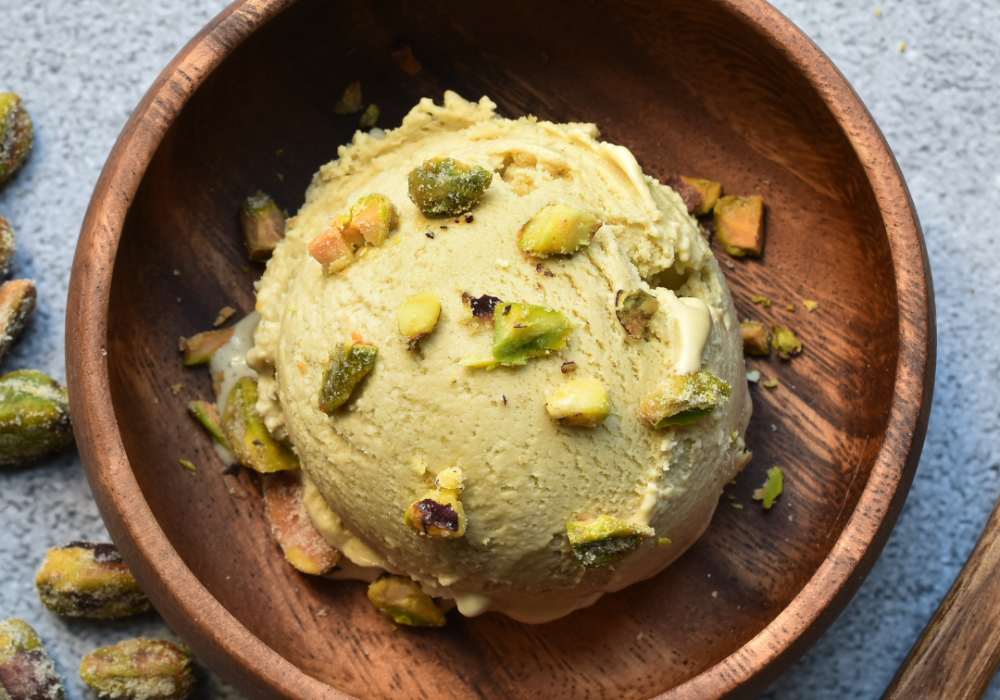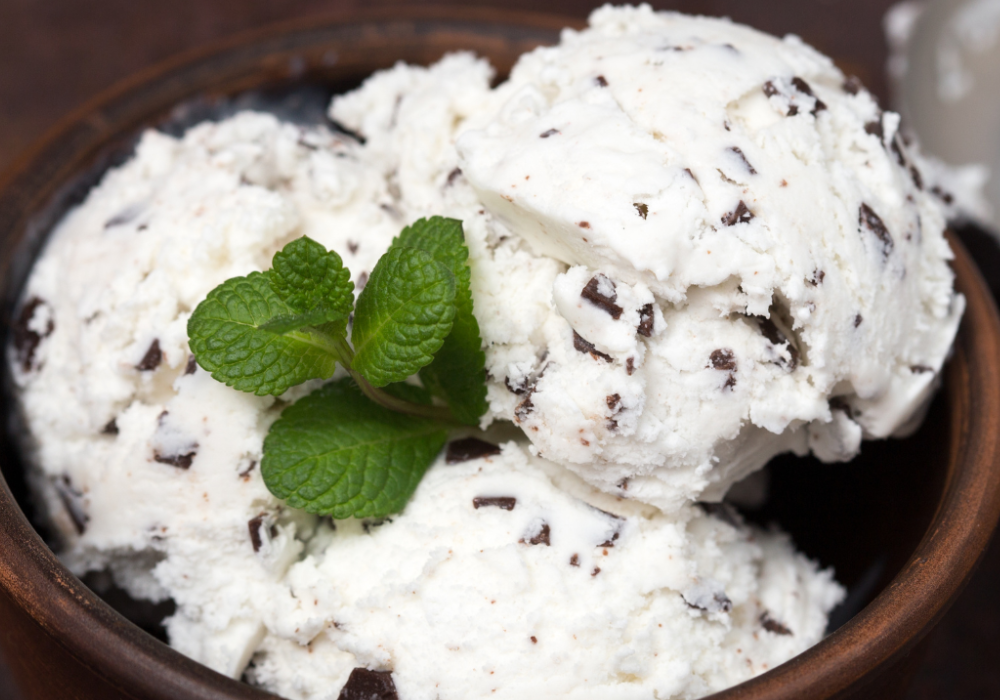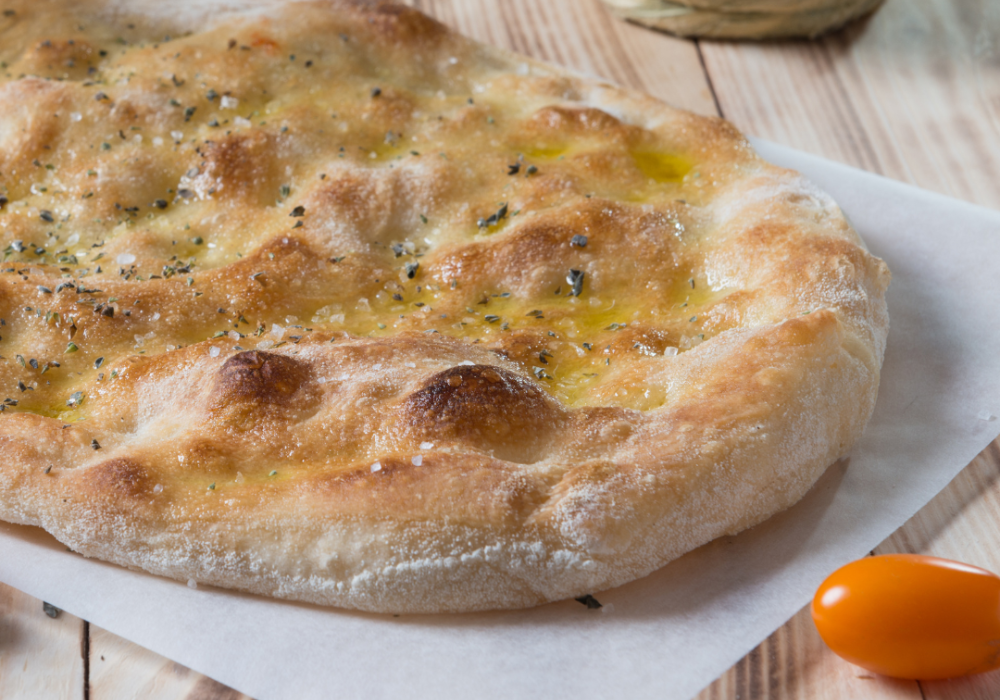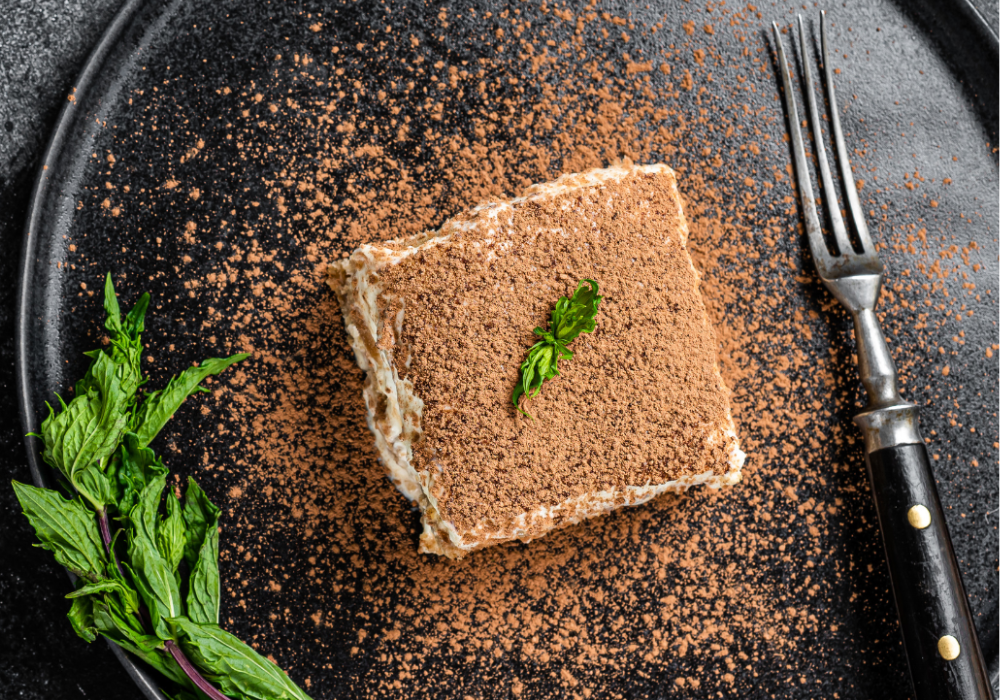Gelato vs. Ice Cream: Unravelling the Sweet Mystery and Crafting the Perfect Gelato

Gelato and ice cream: both beloved frozen treats, yet distinct in their own ways. While they share common ingredients, such as milk, sugar, and flavourings, there are crucial differences that set them apart. Let’s delve into the contrasts between gelato and ice cream and guide you on how to create a luscious gelato, with minimal ingredients, that'll transport your taste buds straight to Italy.
Gelato vs. Ice Cream: What Sets Them Apart?
Fat Content: One of the key distinctions between gelato and ice cream is the fat content. Ice cream typically contains a higher percentage of butterfat (usually around 14-18%) due to its use of more cream. Gelato, on the other hand, uses less cream and has a lower fat content, typically around 4-8%. This difference makes gelato taste lighter.
Churning Speed: Gelato is churned at a slower speed than ice cream, which results in less air being incorporated into the mixture. This slower churning gives gelato a denser, creamier texture.
Serving Temperature: Gelato is served at a slightly warmer temperature than ice cream, typically around 5-10°F (-15 to -12°C) higher. This makes it softer and more intensely flavoured.
Flavour Intensity: Gelato tends to have a more intense and pure flavour due to the lower fat content and less air. This makes gelato a fantastic canvas for showcasing the essence of various ingredients.
Making Gelato with Minimal Ingredients
Let's dive into the process of creating a delicious gelato with a simplified recipe that requires minimal ingredients:
Instructions:
- Combine Milk and Cream:
In a saucepan, combine the whole milk and heavy cream. Heat the mixture over medium-low heat, stirring frequently until it reaches a temperature of 77°C. Remove it from heat as soon as it reaches this temperature.
- Mix Sugar and Yolks:
In a separate bowl, whisk the egg yolks and granulated sugar together until the mixture is pale and slightly thickened.
- Temper the Eggs:
Slowly pour a small amount of the hot milk and cream mixture into the egg mixture while whisking constantly. This tempers the eggs, preventing them from scrambling.
- Combine and Heat:
Gradually add the tempered egg mixture back into the saucepan with the remaining milk and cream. Heat the combined mixture over medium-low heat, stirring constantly until it thickens and reaches a temperature of 85°C. This will create a custard-like consistency.
- Cool and Flavour:
Remove the mixture from heat and let it cool to room temperature. Once cooled, stir in your chosen flavourings. Pro Tip – gelato intensifies flavours, so stick to one (max 2) to highlight the taste and capture the Italian intentions.
- Chill and Churn:
Transfer the mixture to a covered container and refrigerate it for at least 4 hours or overnight to thoroughly chill. Once chilled, churn the gelato in your ice cream maker according to the manufacturer's instructions. This typically takes 20-30 minutes.
- Freeze:
Transfer the churned gelato to an airtight container and freeze it for an additional 2-4 hours or until it's firm but still scoopable.
- Serve and Enjoy:
Scoop your homemade gelato into bowls or cones, and savour the creamy, flavourful delight!
Gelato and ice cream each offer a unique frozen treat experience, with gelato known for its creaminess, intense flavours, and lower fat content. By understanding the differences between the two and following a simplified recipe like the one provided here, you can easily make delectable gelato at home with minimal ingredients. Get creative with your flavourings and enjoy the sweet, creamy goodness of this Italian delicacy in the comfort of your kitchen. Buon appetito!




